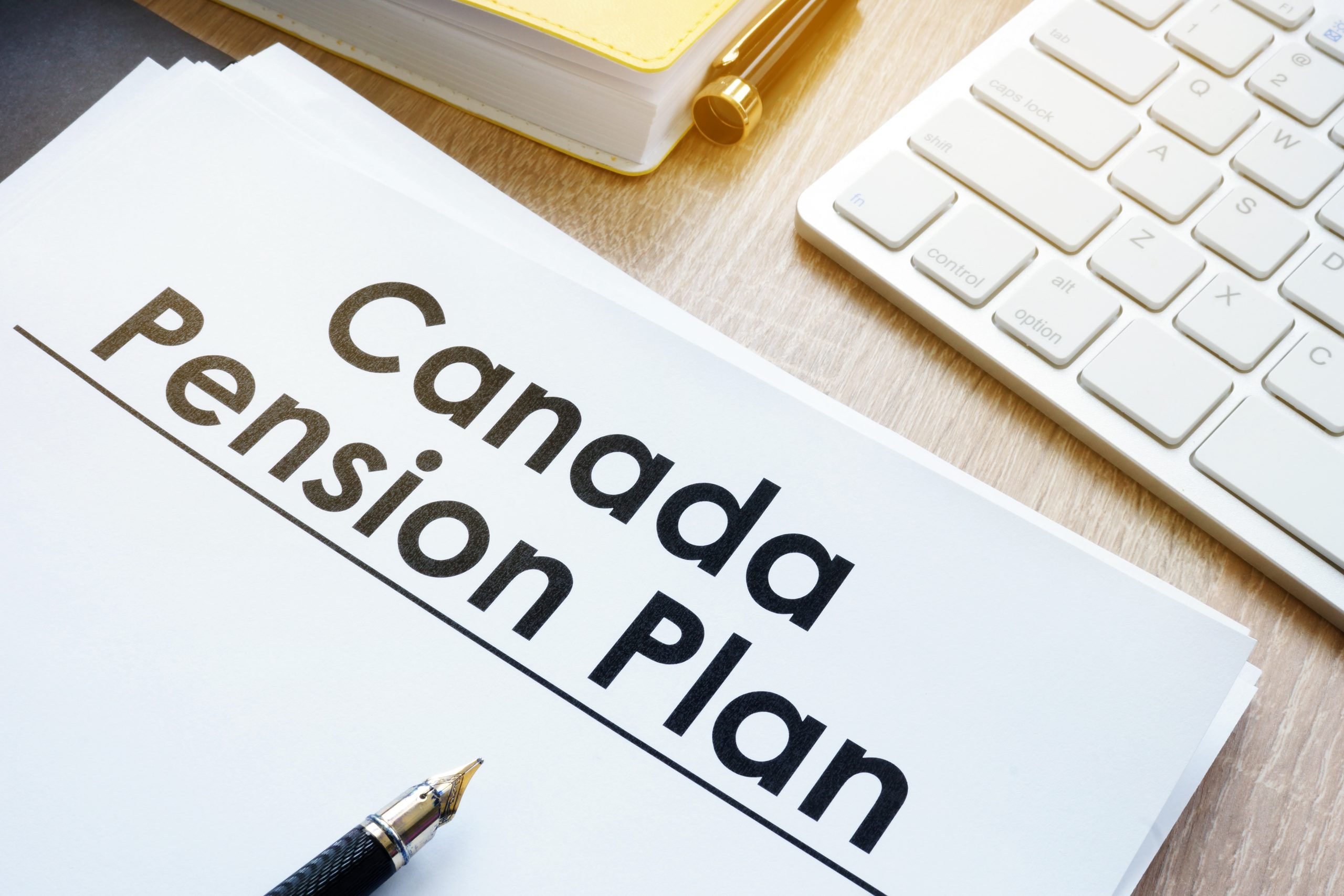RESP 101: what you need to know about contributions, withdrawals, and taxes
Once you get into the groove of making regular RESP contributions, it can be easy to adopt a ‘set it and forget it’ approach to investing until it’s time to access the funds.
However, before you put your RESP completely out of sight and out of mind, there are certain things you need to be mindful of in order to protect your investment.
Specifically when it comes to contributing, withdrawals, and taxes.
While there isn’t any major cause for concern, there are certain implications of all three that have the potential to become flies in your proverbial ‘RESP ointment’, if you’re not careful.
The first step in RESP mindfulness: being careful not to exceed the contribution limit.
Because, just like RRSPs and TFSAs—there is a cost attached to contributing too much.
In order not to exceed the threshold, all you have to do is stay within the $50,000 contribution limit per child.
If you contribute over that amount, even accidentally, you’ll be charged a 1% penalty (on the excess) every month you exceed that limit. Note that any money received from the Canada Education Savings Grant (CESG) or Canada Learning Bond (CLB) does not count towards that $50,000 RESP contribution ceiling.
So how do you figure out when to stop making contributions?
Well that depends on whether or not your plan is to maximize that $50,000 limit.
If that’s the case, an easy way to prevent over-contributing is to simply divide $50,000 by your investment timeline. This will help you to gauge your monthly contributions, so you don’t go over.
Another option is to contribute just enough to your child’s RESP so as to maximize the CESG.
Next, minimize taxes when it’s time to access the funds by creating an RESP withdrawal strategy.
In order to do this successfully, you’ll need to understand the difference between the two types of RESP ‘contribution amounts’.
Contribution amount (i.e., made by you):
These are all of the contributions you’ve made to the RESP over the years. Regardless of the investment value going up or down, the contribution amount always stay the same. This means if you’ve contributed a total of $50,000 over the lifetime of the RESP, this is your total contribution amount. Since you’ve already paid tax on this money, contribution amounts can be withdrawn anytime, tax-free.
Non-contribution amount (i.e., not made by you):
This amount is made up of everything outside of your own contributions. This includes government grants (CESG, CLB), capital gains (equal to any increase in value of your investments), interest payments, and dividend payments earned in the account. While any investment earnings are tax-sheltered as long as they stay within the RESP, they become taxable as soon as they are withdrawn.
As soon as your child is enrolled in post-secondary education, any tax that will have to be paid will be dependent upon the two types of withdrawals they can start making from their RESP.
Post-secondary Education Payments (PSE):
These payments are taken from the contribution amount portion of the RESP, which means they are not taxable. Plus there are no limits as to the amounts that can be withdrawn from this portion once your child is attending college/university.
Educational Assistance Payments (EAP):
EAPs are made up of the non-contribution amount portion of the RESP, which means they are taxable—but in the hands of your child, not you. Since most students typically have little (or no income) during the school year, your child will likely not have to pay much tax on EAPs. Depending on their financial circumstances, they may not even have to pay any tax.
Here are a few other things to keep in mind when it comes to EAPs:
- NEW: In response to rising post-secondary costs, the 2023 federal budget proposed to increase the maximum educational assistance payment (EAP) withdrawal limits from $5,000 to $8,000 for full-time studies and from $2,500 to $4,000 for part-time studies for the first 13 weeks of enrollment.
- It is recommended to try and spread EAPs over the course of your child’s post-secondary education years so that payments are offset by tax credits (to keep any taxes down to zero/minimum)
- While your child won’t have to show receipts for EAP withdrawals, they will still need to show proof of enrolment (advise your child to be mindful of withdrawals, as they could possibly be asked to prove that a very large EAP withdrawal is actually being used for their post-secondary education)
- Each year you can top up the remainder of your child’s funding needs with withdrawals from original RESP contributions (which have no tax consequences)
If your child is not ready to attend college or university right out of high school, they have the option to defer without losing their savings.
Since RESP accounts can stay open for a total of 36 years (up to 40 years under specified plan rules for children eligible for the disability tax credit), your child can even take several ‘gap years’ without forfeiting their RESP savings. However, it’s still a good idea to check the specific rules of your child’s RESP to ensure there are no restrictions on deferring their post-secondary education.
Should your child decide in the end not to pursue post-secondary studies, you have a few options on what to do with the RESP.
The first option is to set up a family plan RESP, or transfer the fund to another child—as long as you have another child to actually pass it on to (and transferring the funds doesn’t exceed the $50,000 limit).
Another option is to roll the RESP balance into a Registered Retirement Savings Plan.
Naturally, this will depend on whether or not you have the contribution room. Since the RRSP contribution room of education members tends to be limited, you may want to build a safety buffer into your RRSP financial plan, just in case.
If RRSP room isn’t an issue, keep in mind the following stipulations:
- You will have to pay back the grant portion of the RESP before you can transfer it to your RRSP
(although any investment gains earned within an RESP can be transferred to a RRSP, tax-free) - The RESP must also have been open for at least 10 years in order to be rolled into an RRSP
Your final option is to simply close the RESP.
Just be aware that if you go this route, not only will you have to pay back all government grant money, but the earnings will be paid out as an Accumulated Income Payment which will be subject to your regular income tax level plus an additional 20%.
The full contribution amount, on the other hand, will defer back to the original contributor (i.e. you and anyone else who contributed to the RESP over the years, such as your child’s grandparents, aunts, uncles, etc.). That money will of course be returned, tax-free.
Before you choose any course of action for your RESP, be sure to speak to us first.
After all, saving for your child’s education is a big deal. It also requires a big financial commitment. Educators Financial Group can help you to protect that commitment. That means no overcontributions or unpleasant tax surprises. Instead, you’ll get a sound, educator-specific RESP investment strategy that fits within your specific savings goals, timeline, and budget.


